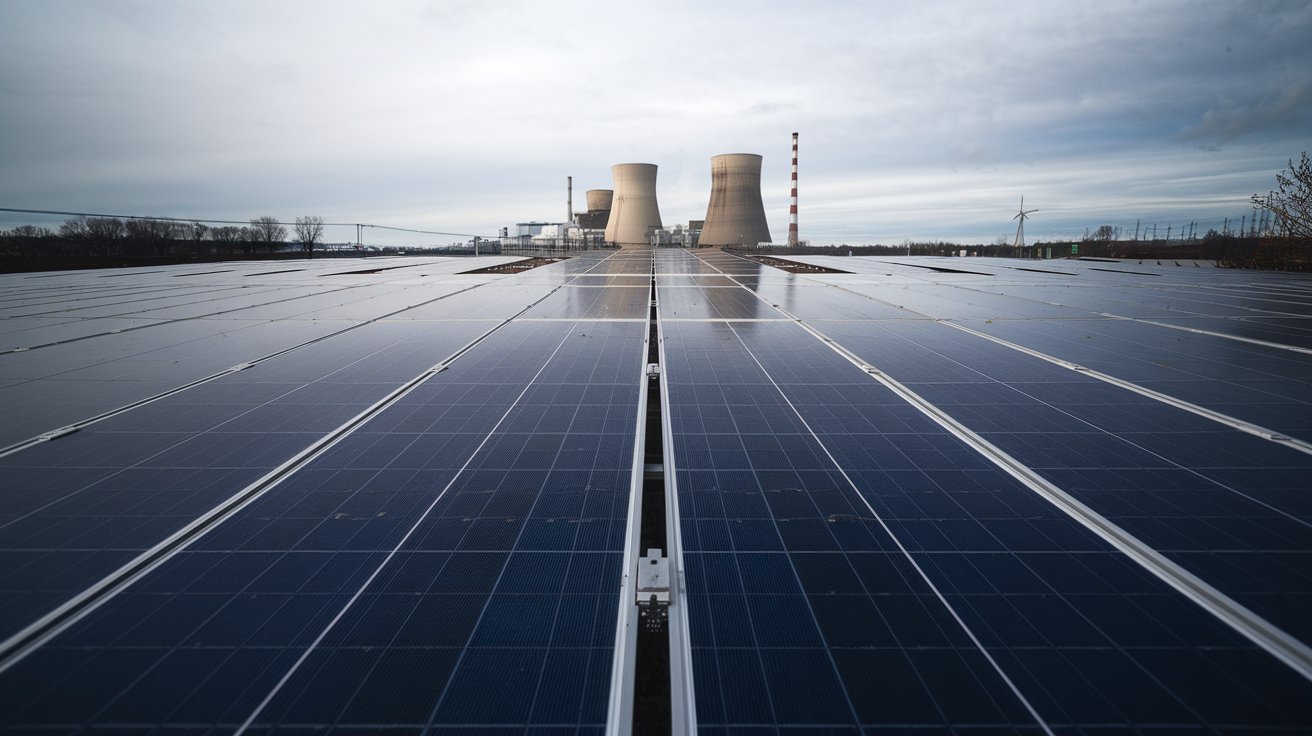Germany achieved a major milestone in its energy transition in 2024, with renewable energy sources contributing 62.7% of the country’s net public electricity generation, according to a report from the Fraunhofer Institute for Solar Energy Systems (Fraunhofer ISE).
Wind energy remained the largest contributor, accounting for 33% of total generation, with offshore wind increasing from 23.5 TWh in 2023 to 25.7 TWh. Solar power also set a new record, producing 72.2 TWh, an 18% increase from the previous year, surpassing the country’s 2024 solar installation target of 13 GW by reaching 15.9 GW by year-end.
Meanwhile, coal-fired power generation declined significantly, with hard coal use dropping by 27.6% and lignite consumption decreasing by 8.4%. The reduction in fossil fuel reliance contributed to Germany’s lowest-ever CO2 emissions from electricity generation, which have halved since 2014.
Despite these achievements, Germany still faces challenges in meeting its climate targets, particularly in onshore wind expansion, which fell behind its 7 GW annual goal. Natural gas usage increased by 9.5%, highlighting the need for further efforts to transition away from fossil fuels.
To support renewable energy growth, Germany expanded battery storage, increasing capacity from 8.6 GW to 12.1 GW, with total storage reaching 17.7 GWh.
With a carbon neutrality target for 2045 and an 80% renewable energy goal for 2030, Germany is making strides in clean energy, but experts warn that further acceleration is needed to stay on track.

